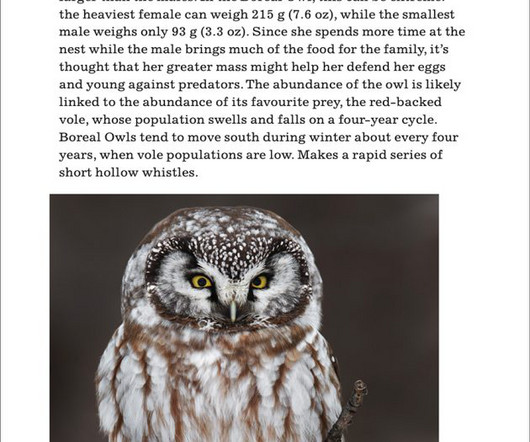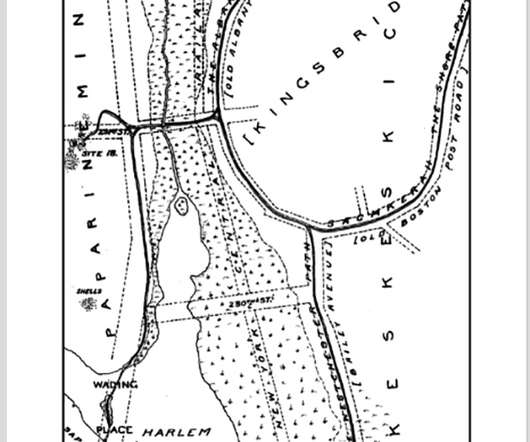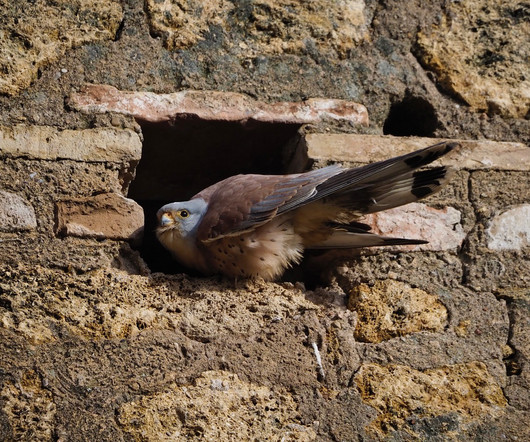American Birding Association Field Guide to Birds of Ontario: A Field Guide Review
10,000 Birds
AUGUST 1, 2023
2012), and (4) Waterfowl of Eastern North America, 2nd ed. Every species account (well, most every account) includes information on habitat and talk briefly about range and distribution (there are no range maps in this guide); it is usually noted if the species breeds in Ontario, and often noted if it is migratory or residential year-round.











Let's personalize your content